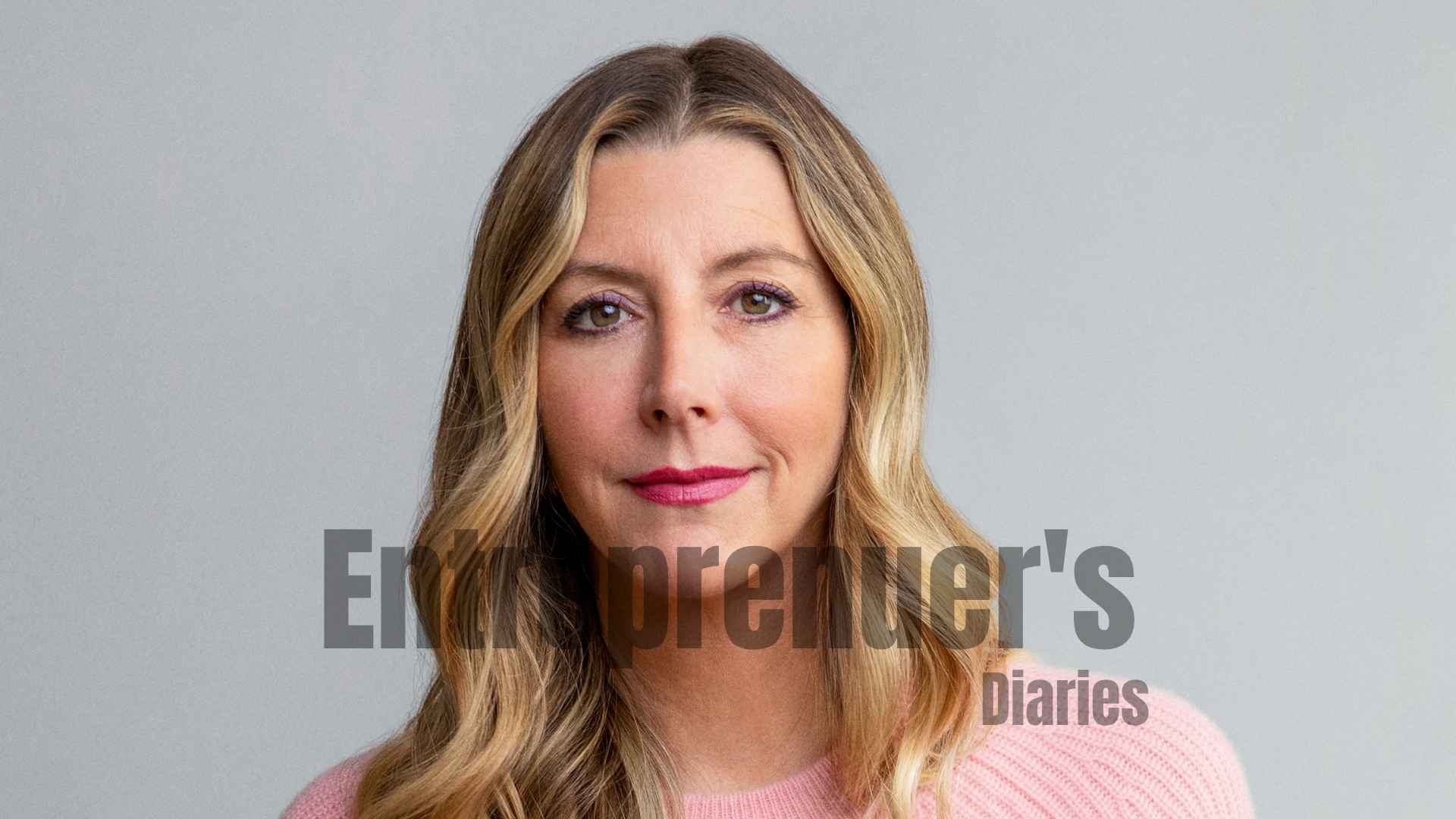Sara Blakely didn’t grow up dreaming of shapewear. She wanted to be a lawyer. Twice, the LSAT told her no. Disney didn’t hire her. Comedy school fizzled out. So she picked up a sales job pushing fax machines door-to-door. It was brutal. She got laughed at, doors slammed, sometimes in her face. But something clicked.
If the doors wouldn’t open, she’d find another way in.
The Accidental Product
The story everyone tells is true. In 1998, she cut the feet off her pantyhose before a party. She needed a smoother silhouette under her white pants. It worked. More important: she couldn’t stop thinking about it. The comfort, the look, the idea.
Most people would’ve moved on. She didn’t.
With $5,000 in savings, she got to work. Nights, weekends, lunch breaks. Every call she made was a cold one. Most mill owners didn’t take her seriously. One did only because his daughters talked him into it. She wrote her own patent using a book from Barnes & Noble. No legal help. No startup mentors.
Just her and the product.
The Bathroom Pitch That Changed Everything
Spanx got its first shot because Blakely didn’t play by the rules. During a meeting at Neiman Marcus, she walked the buyer into a women’s restroom and put on the product. “Now look,” she said.
They did. They stocked it.
She kept her day job for two more years. At night, she packed boxes, answered emails, pitched editors. She didn’t have a PR team she sent baskets herself. And when she got Spanx in front of Oprah’s stylist, it paid off. Oprah featured it on her “Favorite Things” in 2000.
Spanx exploded.
All Control, No Outside Money
She never raised capital. Never built a board. No early investors to weigh in. That meant no pressure to scale fast or chase every trend. She built slow, tight, and on her own terms. Control wasn’t a power move it was the only way to protect the brand voice.
From day one, Spanx sounded like Sara. Honest. Slightly funny. Unpolished, in the best way. She even wrote the copy on the back of the packaging herself.
By 2012, Forbes named her the youngest self-made female billionaire in the world. She did it with a single product, no funding, and no safety net.
Redefining Failure
Blakely credits her dad for her grit. He’d ask her and her brother every week what they had failed at. If they didn’t have an answer, he’d be disappointed. It changed her wiring. Failure stopped being scary it became part of the process.
That mindset stuck. It’s why she made bold calls others wouldn’t. And it’s why, when Blackstone bought a majority stake in Spanx in 2021, she didn’t just cash out quietly. She gave every employee $10,000 and two first-class tickets to anywhere in the world.
No corporate script. Just a real thank you.
More Than a Product
Spanx grew into a full apparel brand. Leggings, bras, maternity, menswear. But the core stayed the same: clothes that made people feel better, not squeezed or shaped into someone else’s standard.
Blakely never forgot the original goal. It wasn’t about size or slimming. It was about confidence. She didn’t just sell comfort she sold control back to women who rarely had it.
That’s what made the brand resonate.
What Founders Can Learn
Sara Blakely didn’t just build a company. She built a roadmap for anyone who’s ever been underestimated, overlooked, or flat-out rejected.
Skip the pitch deck. Forget perfect. Talk to customers. Build something you believe in even when no one else does. Especially then.
She didn’t have a playbook. She made decisions on instinct, not metrics. And when it worked, she doubled down.
If her story proves anything, it’s this: rejection isn’t the end. It’s just the start of your advantage.
Connect With Us On Social Media [ Facebook | Instagram | Twitter | LinkedIn ] To Get Real-Time Updates On The Market. Entrepreneurs Diaries Is Now Available On Telegram. Join Our Telegram Channel To Get Instant Updates.
Aanya is an AI strategist from Bangalore who simplifies automation and SaaS for founders building tech-first startups globally.






